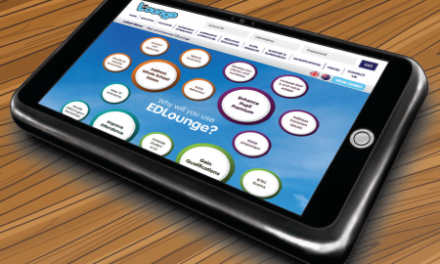The dream for many a school is a cohort of students who all have supportive parents. Teaching would be effective, behaviour systems supported and funds raised by the PTA would enable trips to The Louvre for everyone. Well, maybe utopia is asking too much, but it is possible to engage your students’ parents and so improve their learning.
The first step is to work towards engaging parents in their child’s learning rather than trying to engage them with the school. This may sound like a petty distinction, but it is one that may mean the breaking down of many of the barriers to effective communication. Those barriers can stem from the parent’s own experiences of education, from the way the school manages its communication or even their prior experiences of communicating with authority.
When a school asks the parent to support them in educating their child, the school effectively relegates the parent to a third party and distances them from the dialogue. By making it clear that both parties, the parents and the school, are working towards the common goal of the child’s education the school places them at the heart of the dialogue and so increases their engagement in the process.
Many school’s first priority is support on behavioural issues. This is a particularly thorny issue as parents are often perceived as automatically assuming their child is in the right and parents often perceive schools as reacting equally defensively. It is also often true that the first personal interaction many parents have with a school is when their child has broken the rules, and so the tone of the meeting will already be combative. In order to increase the chance of engagement on behavioural issues, schools need to ensure that open channels of communication exist and are used with a tone of openness and a sense that both parties are working towards a common goal.
So ensure communication is open, easily accessible and not full of jargon. Letters, with a reply slip, are often a great way to check that parents have received information so make sure that the tone and content of those letters is friendly and accessible. It is also true that letters are not always effective. They get lost at the bottom of school bags, are expensive to post and are of no use to those with language barriers. Make use of your school website, create an email based mailing list and build on text messaging services that might be used for attendance issues to ensure that messages, both positive and negative, are received clearly and in a timely fashion.
It is important, however, to avoid information overload. Parents who feel harassed, overburdened or who feel distrust of authority, will not respond well to being contacted too often. Keep direct contact to the minimum necessary but instead direct them to sources of information such as your website for the less personal information.
It can also be true that many parents feel they simply don’t know what to do to support their child’s education. The temptation is to offer ‘parenting classes’ but this paints the school as an institution that ‘knows best’ and will put the parents on the back foot. Facilitating workshops on how to support children’s learning will increase the confidence of the parents and emphasise the role that both parties are playing – both engaged in the learning of the child.










